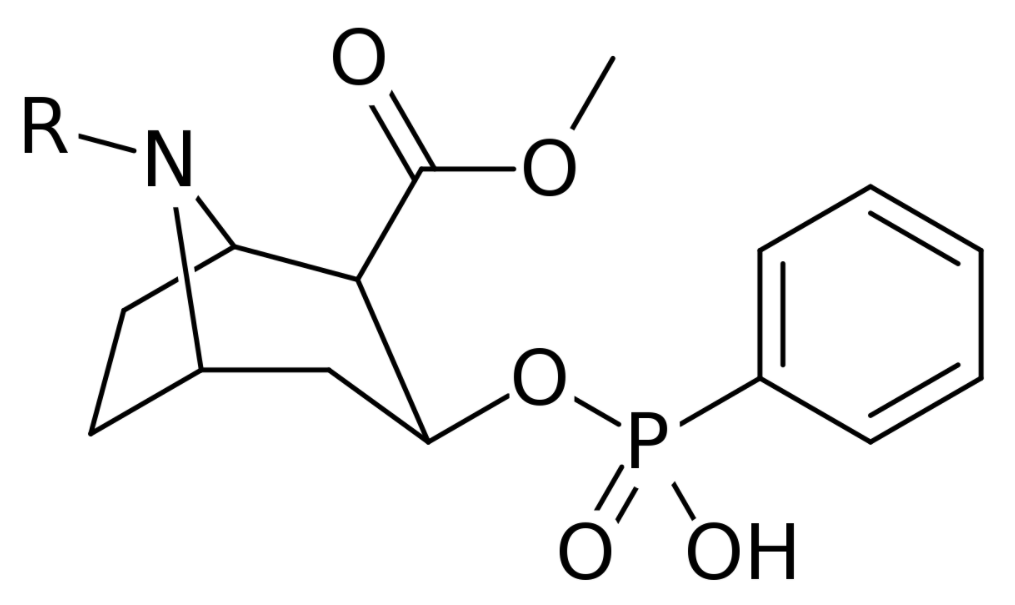Playlist
Show Playlist
Hide Playlist
Regional Anesthesia and Analgesia – Neuraxial Blocks
-
09 -Neuraxial Blocks.pdf
-
Download Lecture Overview
00:06 Hello ladies and gentlemen. Welcome back to our ongoing series of lectures on Anesthesiology. Today we're going to talk about Regional Anesthesia and Analgesia. Both, how we can provide anesthesia for surgical procedures, and how we can produce analgesia for postoperative pain management. So the agenda for this lecture will be some definitions, a description of two major Neuraxial blocks, Epidural and Spinal. A description of several Limb blocks, including Brachial plexus block for the upper limb, and some lower limb blocks, including Femoral nerve block and Ankle block. A very brief discussion about Autonomic nervous system blocks for pain and diagnostic purposes. And then a somewhat more expanded discussion of Intravenous regional anesthesia. So the definitions are pretty straightforward actually. The injection of local anesthetics into areas to produce anesthesia sufficient for surgical procedures to be performed without discomfort to the patient. That's Regional Anesthesia. And that's typical of Sub-arachnoid block or Spinal block. It's also typical of what we see with Epidural blocks. With Peripheral nerve blocks it's never quite as clear as that. We certainly can produce, can do surgery with some of these blocks, but in many cases the blocks are inadequate for surgical anesthesia but produce excellent postoperative analgesia. So regional analgesia is the injection of the same local anesthetic into areas of the body to produce analgesia for postoperative pain relief. These blocks are commonly used in upper limb surgery to produce postoperative analgesia. Some of these blocks are sufficient to provide anesthesia for surgery, but the duration of surgery and the position of the patient during surgery results in them being used primarily for analgesia.
About the Lecture
The lecture Regional Anesthesia and Analgesia – Neuraxial Blocks by Brian Warriner, MD, FRCPC is from the course Anesthesia.
Included Quiz Questions
What does the term “neuraxial anesthesia” refer to?
- The injection of local anesthetic into the epidural or subarachnoid space
- The injection of local anesthesia around a nerve root
- A block in which there is selective anesthesia of a limb
- A block similar to the block used by dentists during dental procedures
- An injection of local anesthetic into a vein to cause anesthesia to a limb
Subarachnoid block is an example of which of the following types of anesthesia?
- Neuraxial anesthesia
- Regional analgesia
- Peripheral nerve block
- Local analgesia
- Trigeminal nerve block
Customer reviews
5,0 of 5 stars
| 5 Stars |
|
1 |
| 4 Stars |
|
0 |
| 3 Stars |
|
0 |
| 2 Stars |
|
0 |
| 1 Star |
|
0 |
This lecture was informative and engaging. The speaker did an excellent job of presenting the material in a clear and concise manner, making it easy to understand.




